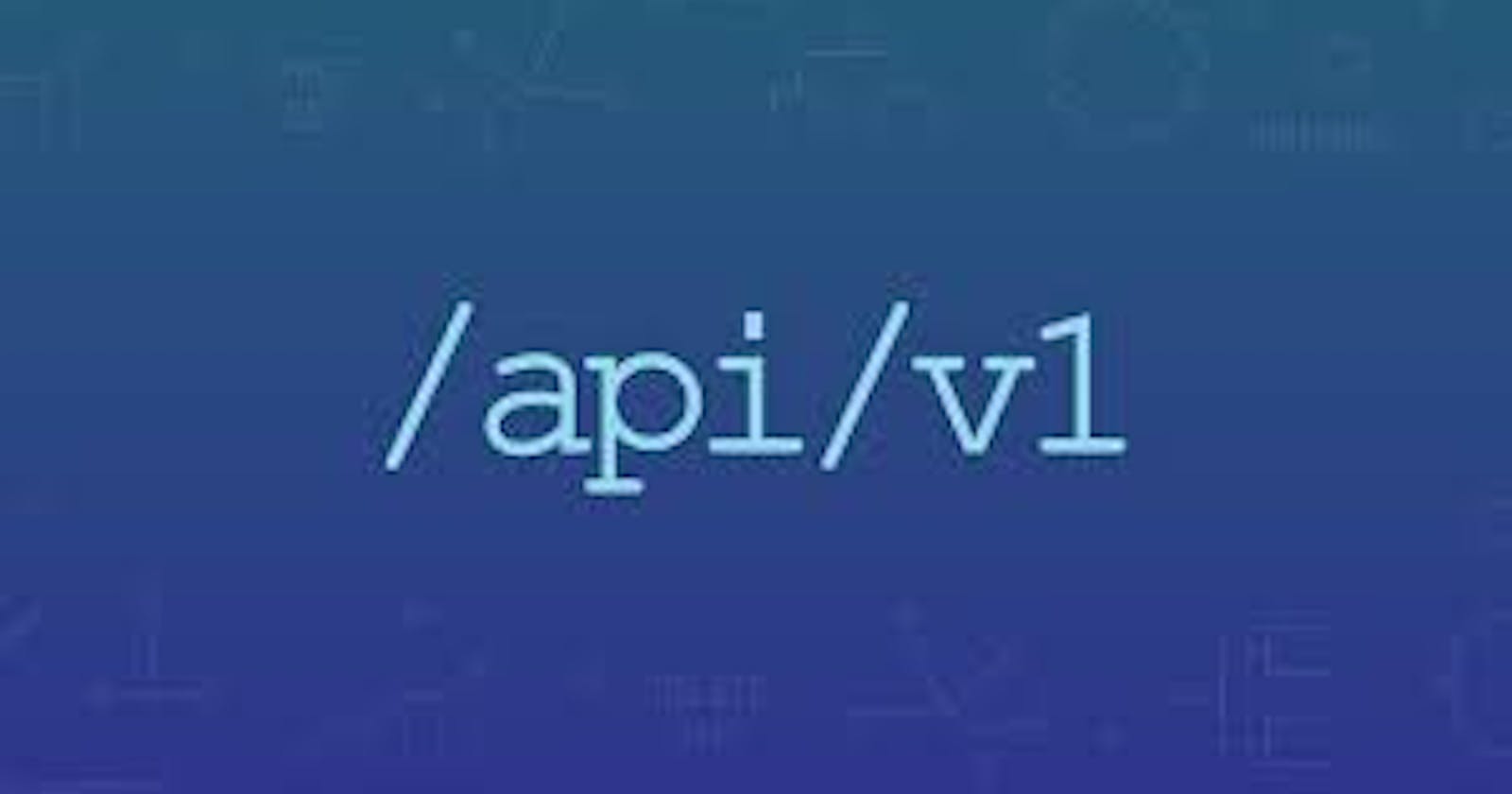API versioning is a way of maintaining and managing different versions of an API. It helps manage API changes that occur when software evolves and ensures that different versions can coexist. Versioning is implemented to ensure backward compatibility and smooth transitions for developers using the API.
API versioning is a crucial step in modern software development to ensure:
Backward Compatibility: API versioning allows developers to change APIs while ensuring existing clients can continue functioning without disruption.
Smooth Transitions: Versioning provides a structured and controlled way to introduce new features or improvements to an API.
Easier Debugging: Maintenance becomes more manageable as developers can focus on specific versions and address issues without affecting other versions.
Client Independence: API versioning allows each client to upgrade to a new API version at its own pace, without being forced to adopt changes immediately.
Developer Communication: By clearly indicating changes, developers can stay informed and plan their updates accordingly
API Evolution: Versioning allows for a structured approach to API development, enabling the introduction of changes without sacrificing stability.
Methods of API Versioning
URI (Uniform Resource Identifier) Versioning: This involves including the version number in the URI of the API.
Header Versioning: The version information is included in the HTTP header of the API request. This keeps the URI clean and is less prone to breaking existing links.
Query Parameter Versioning: The version number is included as a parameter in the API request.
Media Type Versioning (Content Negotiation): Different versions of the API are represented by different media types. The client specifies the desired version in the
Acceptheader.Semantic Versioning (SemVer): is a versioning scheme for software that aims to convey meaning about the underlying changes and updates in a version number. The version number is typically written as Major.Minor.Patch.
Major: Significant changes, likely breaking backward compatibility.
Minor: Adds functionality in a backward-compatible manner.
Patch: Backward-compatible bug fixes.

Types of API Changes
Breaking Changes:
Breaking Changes are API updates that can potentially disrupt the existing functionality of client applications. These changes need careful consideration and often necessitate the introduction of a new version of the API. Addressing breaking changes typically involves introducing a new version of the API, clearly communicating the changes to developers, and providing them with a migration path to the new version. Some examples of breaking changes are:
Removing existing endpoints that client applications rely on
Changing the structure of the data returned by an API
Changing the way clients authenticate with the API can break authorization workflows
Modifying the HTTP status codes
Changing URL structure.
Non-Breaking Changes:
Non-breaking changes are updates to the API that do not disrupt the existing functionality of client applications. These changes can generally be introduced without requiring clients to make significant modifications. They are typically less disruptive and allow for a smoother evolution of the API. Examples of non-breaking changes include:
Introducing new API endpoints
Adding Optional Parameters to existing endpoints
Adding new response fields
Introducing new optional headers to requests
Conclusion
API versioning is a crucial practice in modern software development, providing a structured approach to managing different versions of an API. This process facilitates smooth transitions, easier debugging, and allows each client to upgrade at its own pace. Semantic Versioning (SemVer) offers a standardized way of indicating the nature of changes in a version number, emphasizing major, minor, and patch updates. The methods of API versioning, including URI versioning, header versioning, query parameter versioning, and media type versioning, provide flexibility in implementation. Understanding the types of API changes, such as breaking changes that require careful handling and non-breaking changes that allow for a seamless evolution, is crucial for effective versioning strategies. Overall, API versioning is a key element in fostering collaboration, communication, and stability in the rapidly evolving landscape of software development.
